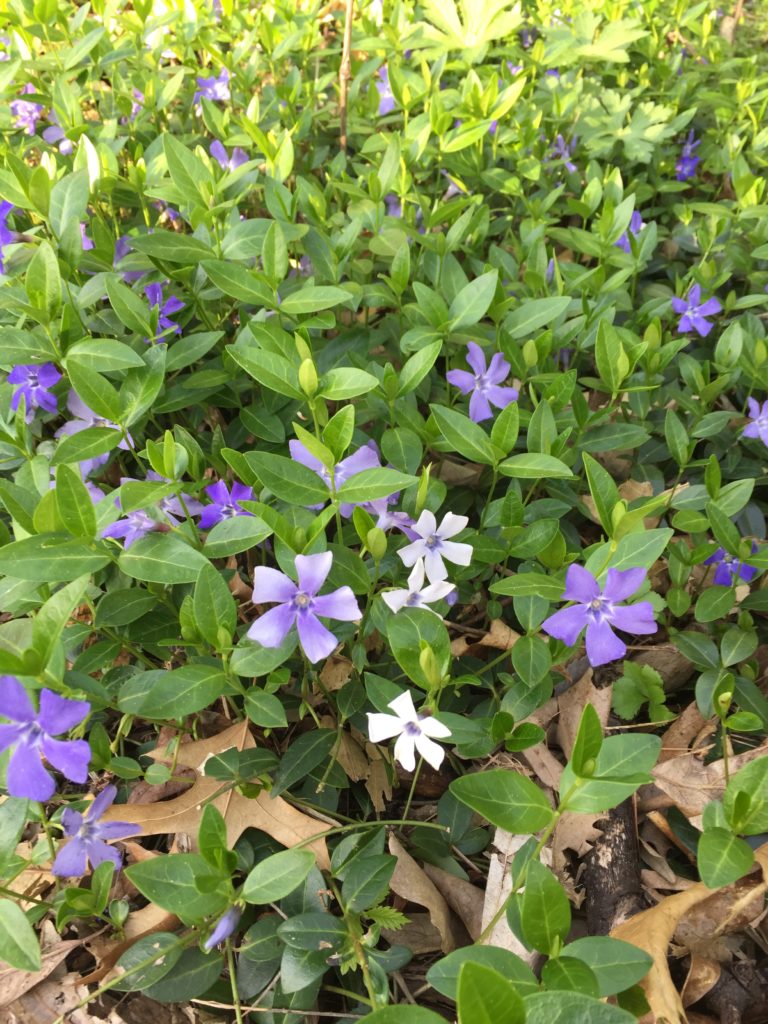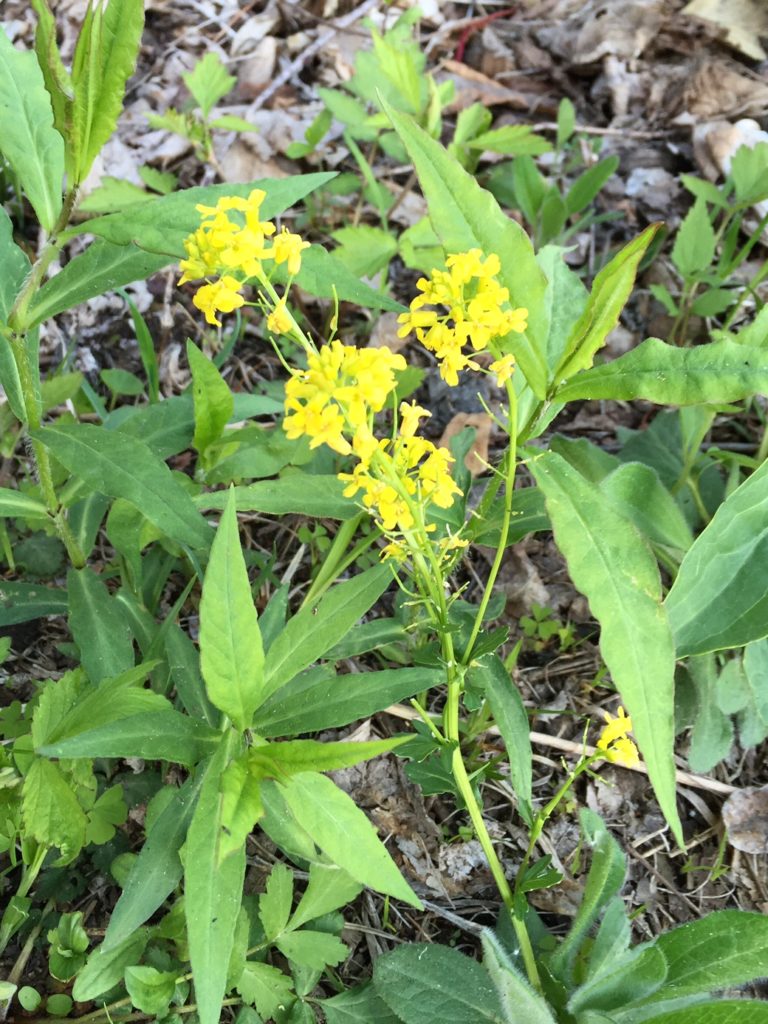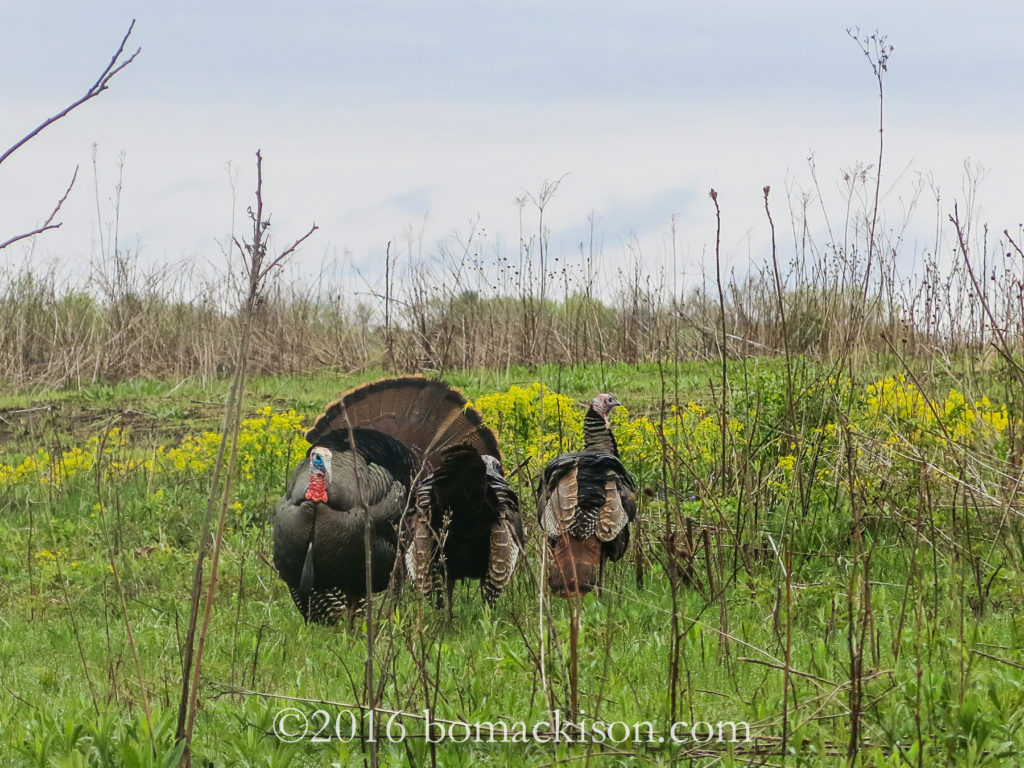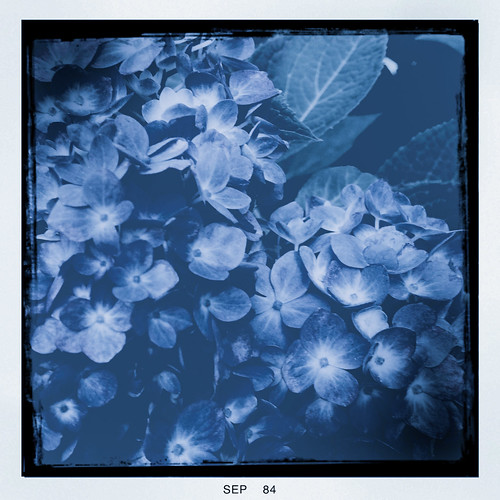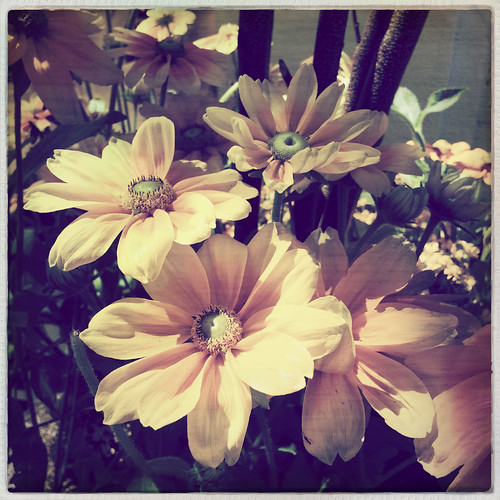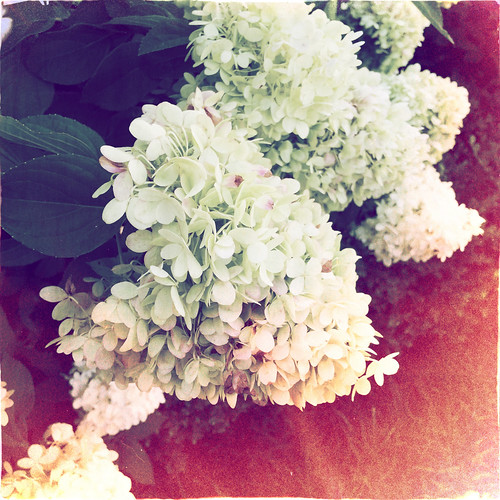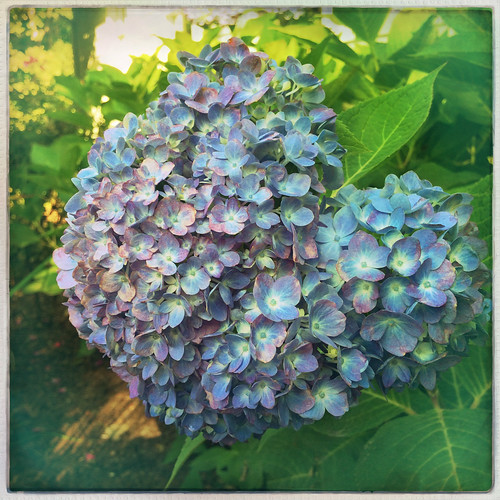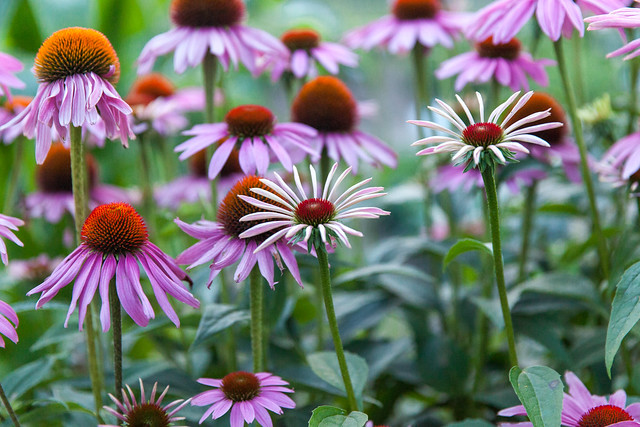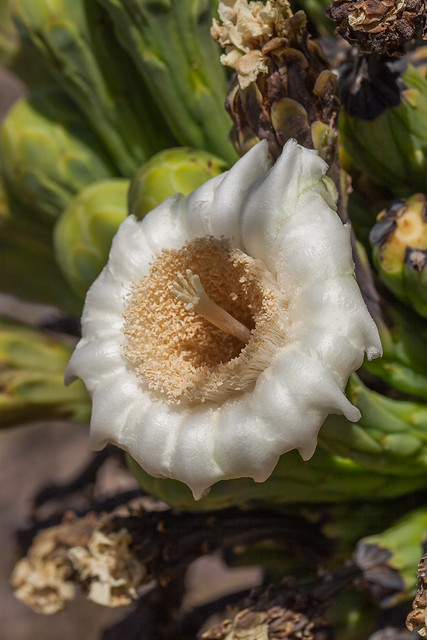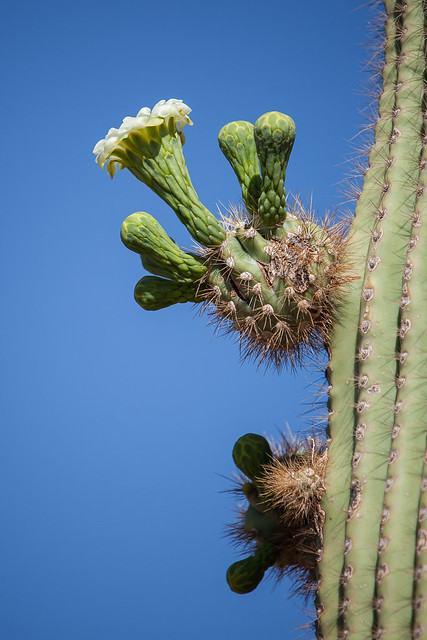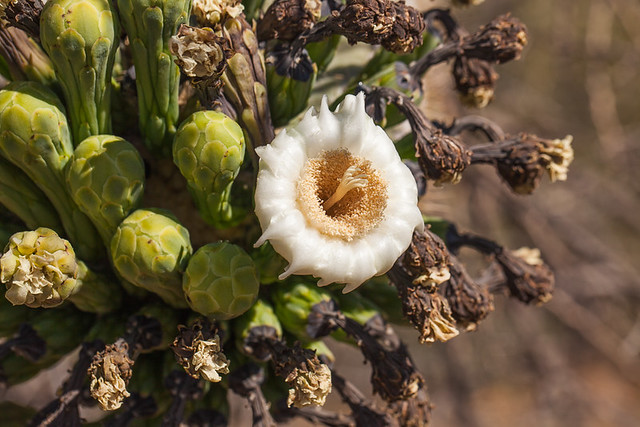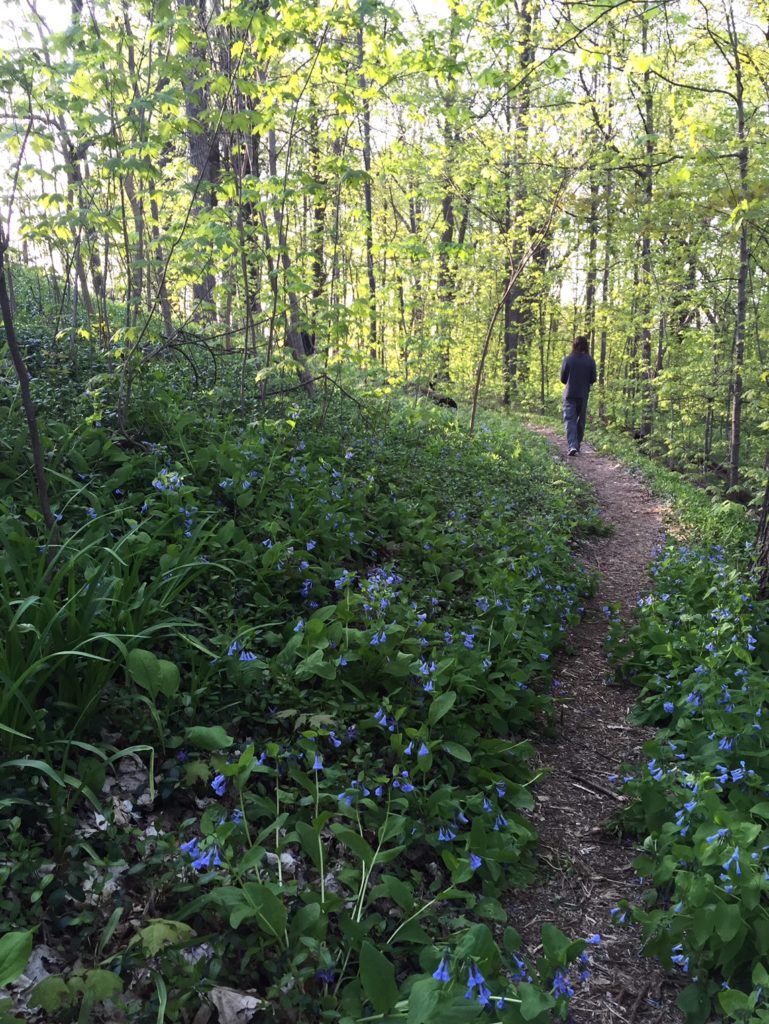
Trail Through Virginia Bluebells ©2016 Bo Mackison
May 5, 2016
Owen Conservation Park, west side of Madison, Wisconsin
Start: 6:00 p.m. (sunset 8:04 p.m.)
sunny 68˚F
wind 5 mph NW
barometric pressure 30.00
humidity 29%
In the woods:
Virginia bluebell, in full bloom along the woodland trail.
False solomon seal emerging
Wood anemone in bloom, moderate show
Woodpeckers, species unknown (lots of rat-a-ta-a-tatting high in the hardwoods)
Fiddle heads, many fully opened, common in open wooded areas.
Honeysuckle, beginning to flower
Robins, common
Lesser periwinkle (vinca) in full bloom, common
Dutchman’s breeches, only a few still blooming
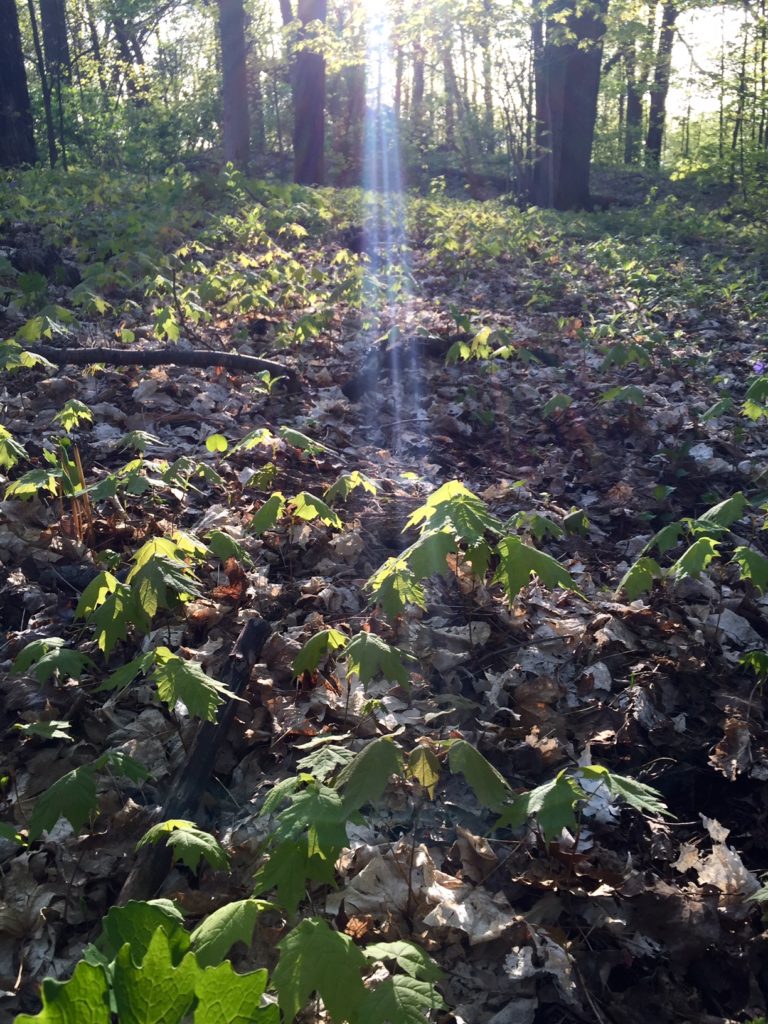
Forest of Bloodroot ©2016 Bo Mackison
Bloodroot, emerging foliage, common in the under-story.
Yellow bellwort, bloom done
Columbine emerging
Creeping charlie (ground ivy, spreading mint) in dense bloom, disturbed ground near trail
Wild geranium (potted geranium) profuse bloom, common
Dandelions
Common blue violets (wood violet, wooly blue violet) in bloom, profuse
Trillium, Grandiflora, two bunches
Wood sorrel
Small white violets, uncommon
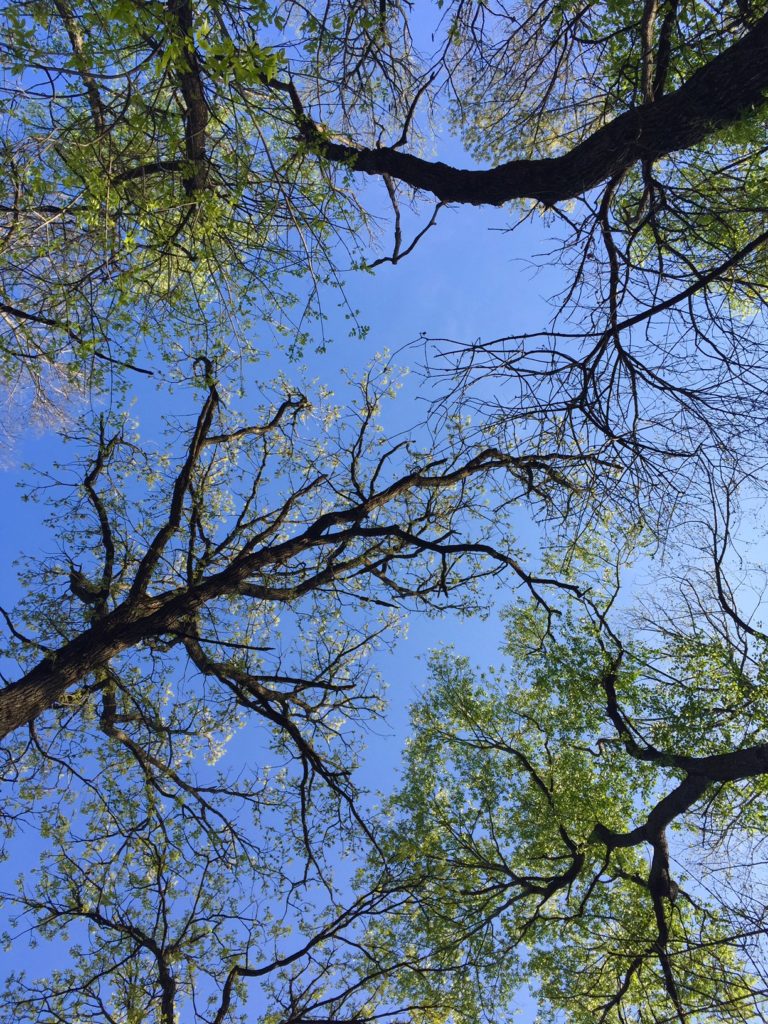
Tree Canopy ©2016 Bo Mackison
White oaks, leaves emerging; Red maples, silver maples, leafing.
Arrow-leaved violet, uncommon
Garlic mustard in bloom (invasive weed threat)
Golden alexanders, full bloom
May apples, emerging foliage, no bloom.
Sumac, 6 ft high “sticks” with emerging red leaves
Maple tree shoots, six inches high, cover the forest floor.
Crabapple trees, several varieties, in moderate-full bloom
Finish:
6:35 p.m.
64˚F sunny, few high clouds to the south
wind 5 mph NW
humidity 28%
~~~~
Twice a week phenology reports in woodland; once a week reports from prairie and pond. Owen Conservation Park, Madison Wisconsin
Phenology is the study of plant and animals and their cycles influenced by climate and seasonal change, i.e., birds nesting/migrating, flowers blooming, trees leafing.
